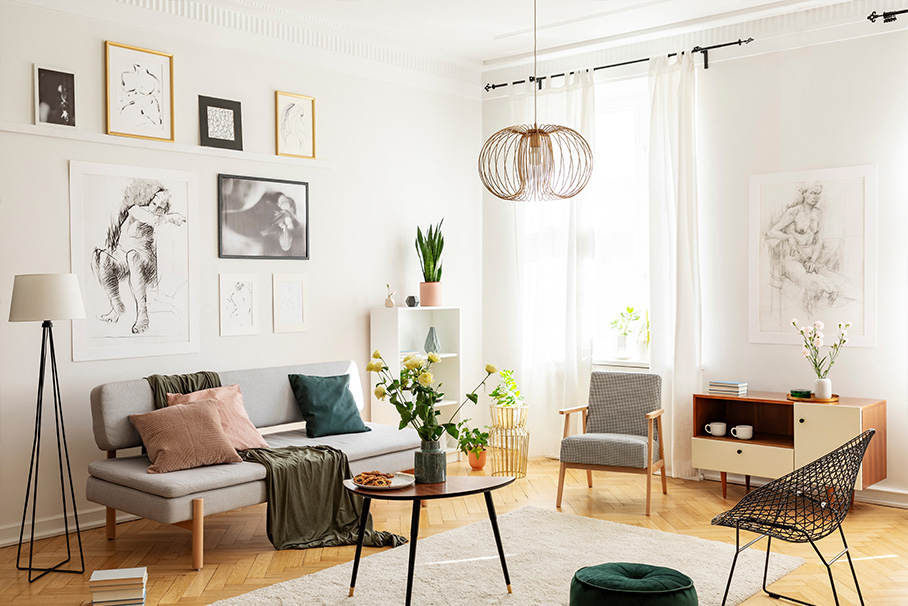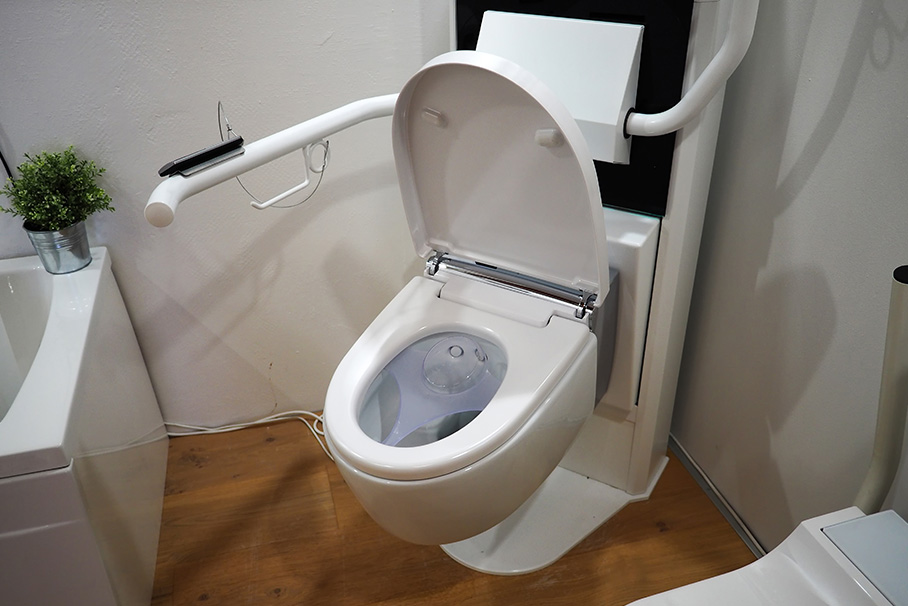
What is an ADA compliant home? ADA compliant homes should be easily accessible and user-friendly, and they should cater to the present and impending needs of a family. Some features of ADA compliant homes are wider hallways and entryways, open floor plans, and varying height countertops.
To help you get started on the path to an ADA compliant home, we’ve compiled a list of helpful tips that you should keep in mind before making any major decisions.
Open Floor Plan
An open floor plan is a layout where there are few walls and the rooms mostly connect to one another. One of the top benefits of an open floor plan is when you have kids or other household members who need the space to move around easily. This is important in a handicap-accessible home because more space means more room to navigate and move around.
Those who use mobility aids such as wheelchairs and walkers will need more space than those who do not. It is also great for providing a plane of space for wherever you decide to place a piece of furniture.
Easily-Accessible Bathroom
If there’s one thing that every household should have at least one of, it’s an easily accessible bathroom. This is important if you have a family member who has a disability, a mobility issue or using an assistive device. Features of an easily-accessible bathroom include:
- Toilets should be higher and longer than standard ones, with plenty of space at the sides.
- Handrails should be installed throughout the bathroom, including in the shower and toilet areas.
- A zero-threshold shower without any curbs will allow wheelchairs to enter easily.
- A floating vanity allows wheelchair users to access sinks with ease.
User-Friendly Kitchen
Like the bathroom, the kitchen is another area where a family member with a disability might have issues. Make sure that your kitchen is user-friendly by making room for a wheelchair or other assistive devices. Your kitchen should be large enough for two people to cook comfortably. Here are other features you can consider:
- Cooktops and sinks should be easily reached by wheelchair users and have enough under-cabinet space to allow users to safely reach cooktop controls and taps.
- Countertops need to be low enough to use as a workspace.
- If you have an island, make sure there is enough room to move around the island.
Stairways
Stairways are for users to transition between floors in the house. To improve its accessibility, here are things you can do:
- If there are stairs leading to the entrance of your home, install ramps to allow easier access.
- Consider building elevators in the house if your budget allows.
- Another alternative is to install a stair lift to facilitate access to other floors.
Other Features
All the doorways and hallways should be at least 3-feet in breadth. Install light switches at a lower height. Equip the house with an intercom system that allows anyone to call for help at places throughout the home. Install pocket doors that are easier to maneuver than swinging doors.


